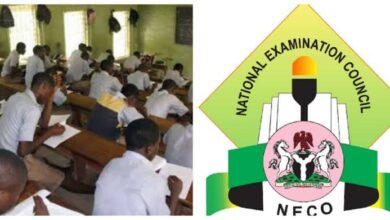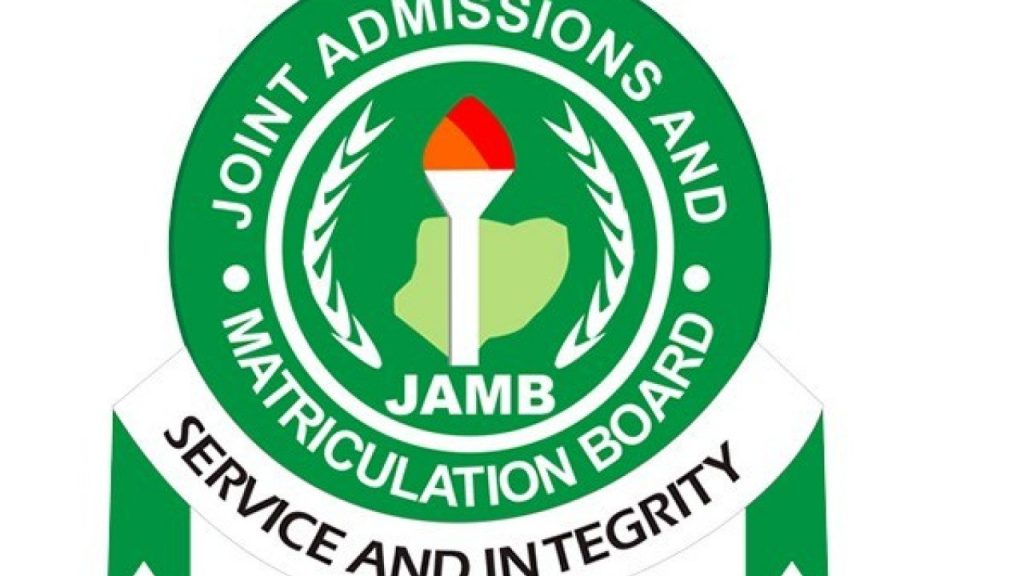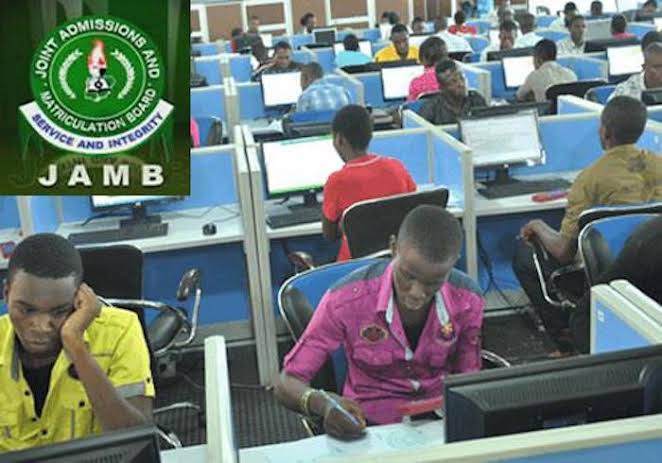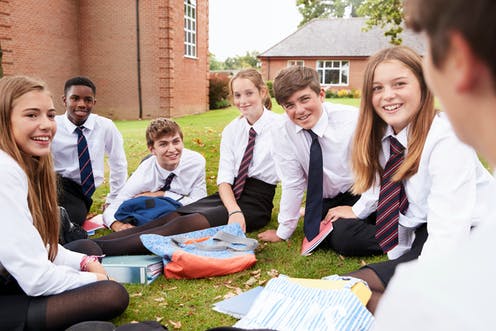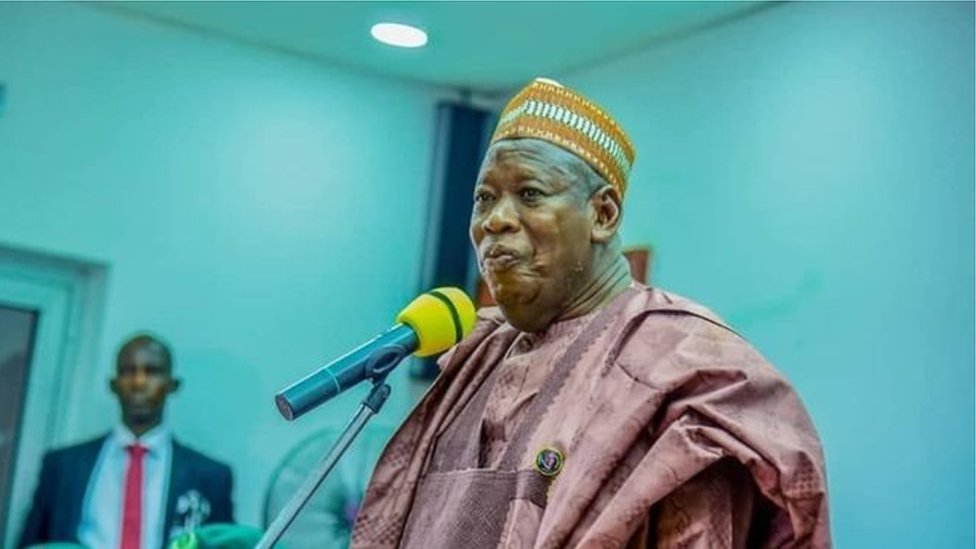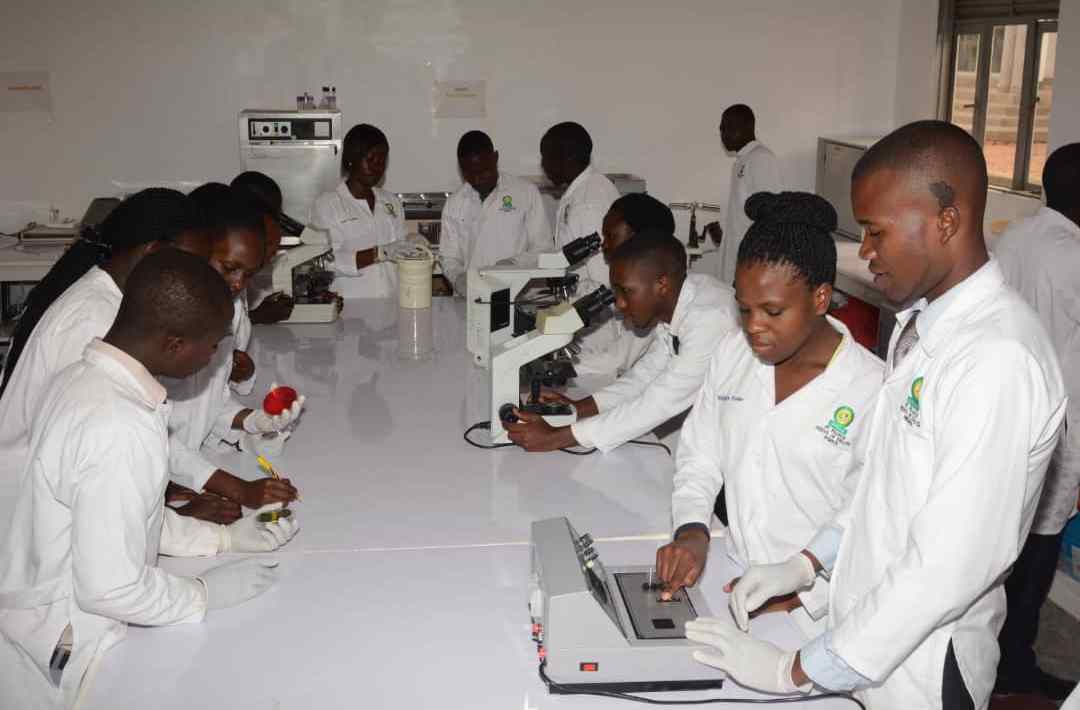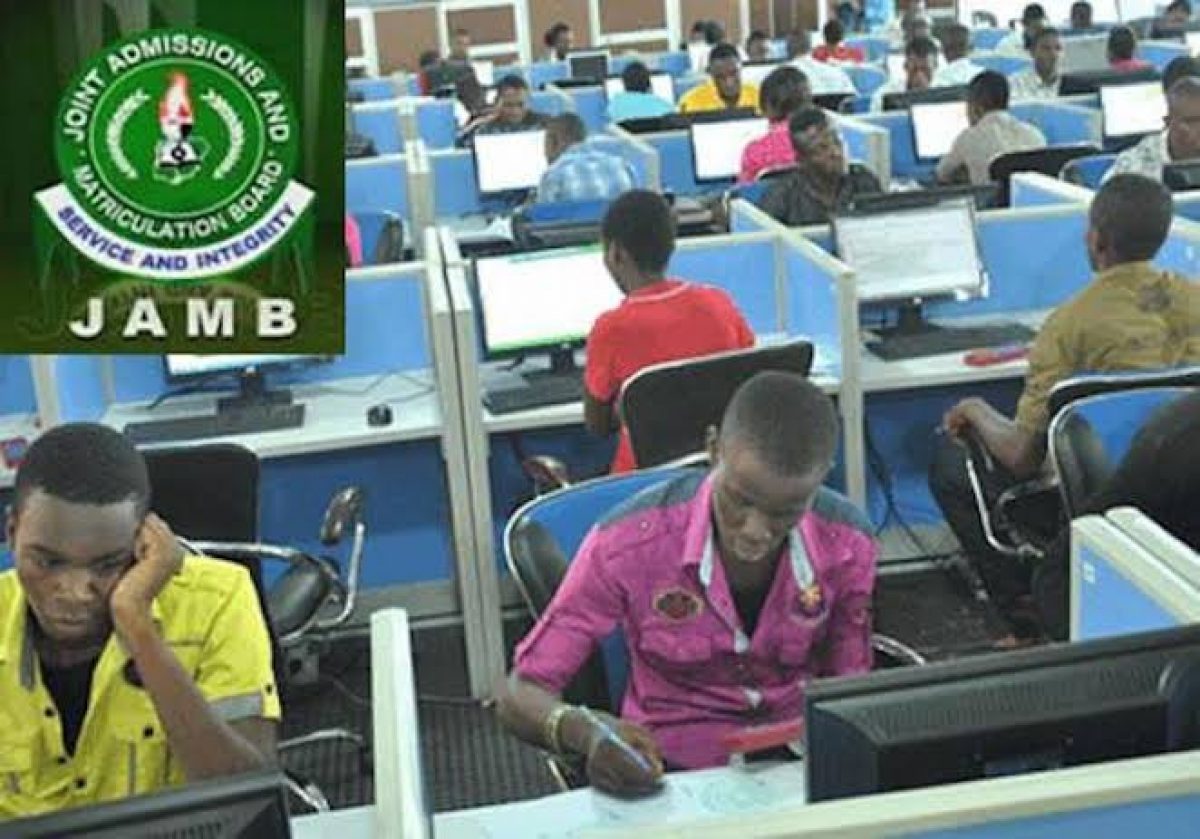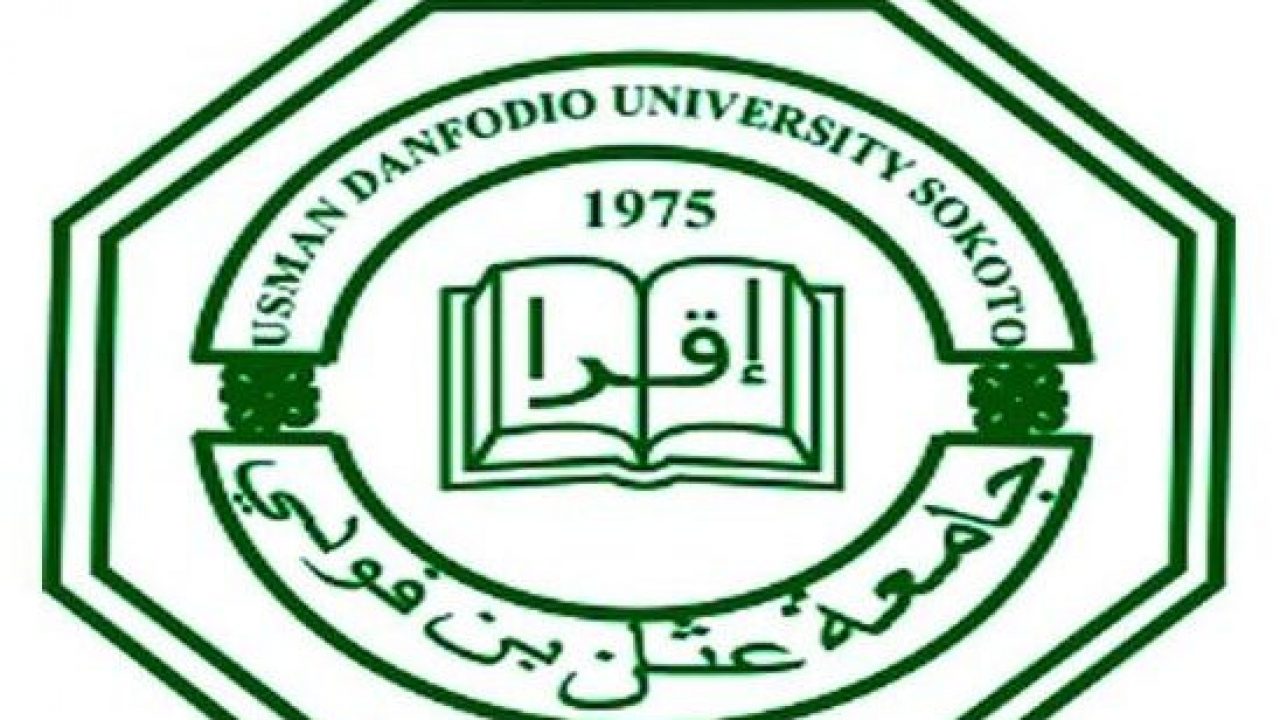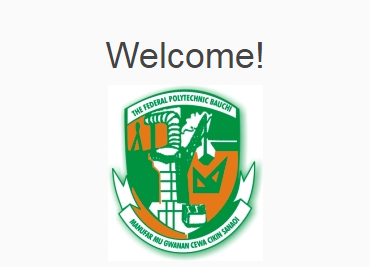Waec Clothing and Textiles Possible Question and Answer 2023
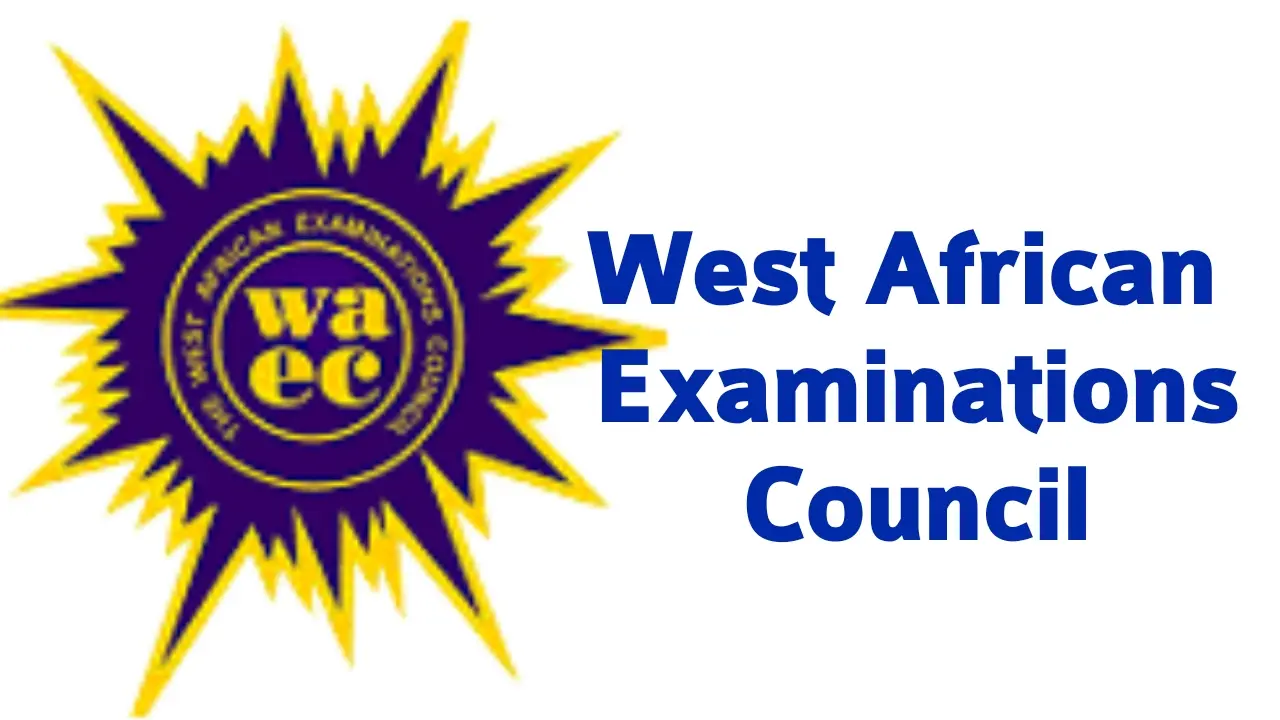
The West African Examinations Council (WAEC) Clothing and Textiles examination is an essential subject for students pursuing a career in fashion, textile design, and other related industries. The 2023 WAEC Clothing and Textiles examination will test students’ knowledge of various aspects of the subject, including fiber properties, fabric construction, garment production, and textile finishing processes. This comprehensive guide aims to help students prepare for the exam by providing an overview of the exam format, possible question and answer scenarios, and helpful resources.
Exam Structure and Format
The WAEC Clothing and Textiles examination is divided into three papers: Paper 1, Paper 2, and Paper 3. All three papers must be taken to complete the exam. The papers are structured as follows:
Paper 1: Objective Questions
This paper consists of 40 multiple-choice objective questions to be answered within 50 minutes. Each question carries one mark, for a total of 40 marks. The questions cover various aspects of the Clothing and Textiles syllabus, including fibers, fabric construction, garment production, and textile finishing processes.
Paper 2: Essay Questions
Paper 2 comprises six essay-type questions, of which candidates are required to answer four within 2 hours. Each question is worth 15 marks, bringing the total marks for this paper to 60. The essay questions often require students to discuss, analyze, or explain specific concepts or issues related to the Clothing and Textiles syllabus.
Paper 3: Practical Projects
The third paper consists of two practical projects, out of which candidates must execute one within five days. This paper carries a total of 100 marks, with 80 marks allocated to the practical project and 20 marks for design sketches and preliminary notes. Students are given two weeks prior to the execution period to prepare for the project and complete their design sketches and notes.
Possible Objective Questions and Answers
To help you prepare for the 2023 WAEC Clothing and Textiles examination, we have compiled a list of possible objective questions. Remember that these are not actual WAEC questions but are meant to give you an idea of what to expect in the exam.
- Which of the following is a primary reason for studying textiles? A. To acquire more fabrics B. To retail fabrics C. To understand the behavior of fabrics D. To wear gorgeous fabrics Answer: C
- Which of the following properties is most important for a textile fiber? A. Absorption B. Density C. Elasticity D. Pliability Answer: A
- Which of the following statements is true about woven fabrics? A. They can accommodate movement B. They can easily be stretched C. They are made up of two sets of yarns D. They are suitable for underwear Answer: C
- The purpose of blending fibers is to: A. Achieve a specific fiber property B. Acquire a temporary fiber strength C. Create an artificial fiber D. Decrease fiber fluffs and neps Answer: A
- To produce fine yarns, slivers are further processed by: A. Carding B. Combing C. Ginning D. Roving Answer: B
- The most appropriate chemical used for coating screens in exposures is: A. Lacquer B. Potassium dichromate C. Sodium bicarbonate D. Starch Answer: B
- Calendering, singeing, and tentering are classified as: A. Dry finishing B. Permanent finishing C. Chemical finishing D. Wet finishing Answer: A
- The density of the reed used to weave a stole 15 cm wide with 300 ends of 36s count cotton is: A. 20 dents/cm B. 51 dents/cm C. 540 dents/cm D. 4500 dents/cm Answer: B
- The number of ends needed to weave a fabric 90 cm wide with a reed density of 15 dents/cm, including 25 ends in each selvedge, is: A. 375 ends B. 1400 ends C. 1450 ends D. 2250 ends Answer: C
- A traditionally spun yarn is most likely to have which of the following properties? A. Coarse B. Fine C. Lustre D. Smooth Answer: A
Possible Essay Questions and Answers
Essay questions in the WAEC Clothing and Textiles examination often require students to discuss, analyze, or explain specific concepts or issues related to the syllabus. Here are some possible essay questions to help you prepare for the exam:
- Explain five reasons why textiles should be studied in schools.
- Discuss the role of textiles in addressing national issues such as unemployment, drug abuse, and rural-urban migration. Provide examples to support your answer.
- List two textile industries established in your country and indicate their location and product. Discuss three factors that encouraged the establishment of these textile industries.
- Provide five reasons to convince consumers in your country to patronize locally made textile products.
- Compare the characteristics of the following pairs of fabrics: a) Bark cloth and kente b) Adinkra and applique cloth c) Wax prints and fancy prints
Practical Project Examples
For Paper 3, you will be required to execute a practical project within five days. Here are some possible project ideas to help you prepare for the exam:
- Design and create a batik wall hanging based on a local proverb. Enhance the work with suitable accessories.
- Using any suitable loom, design and weave a striped plain fabric. The woven fabric should be less than 40 cm by 10 cm. The warp pattern should be in two colors only.
Additional Resources
Here are some additional resources to help you prepare for the 2023 WAEC Clothing and Textiles examination:
- WAEC Syllabus for Clothing and Textiles
- Textile Design and Colour: Elementary Weaves and Figured Fabrics by William Watson (available for free on Project Gutenberg)
- Textiles for Commercial, Industrial, and Domestic Arts Schools by William H. Dooley (available for free on Project Gutenberg)
Remember to practice answering questions, work on practical projects, and study the subject in-depth to increase your chances of success in the 2023 WAEC Clothing and Textiles examination. Good luck!


